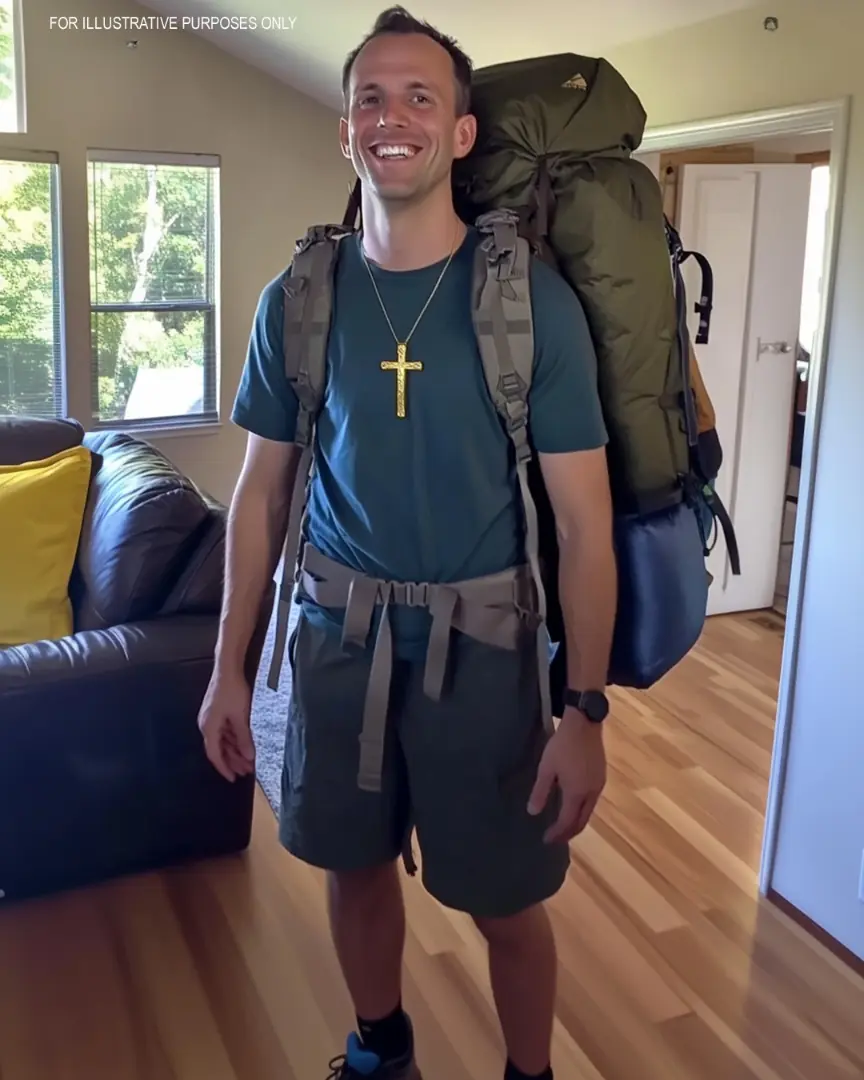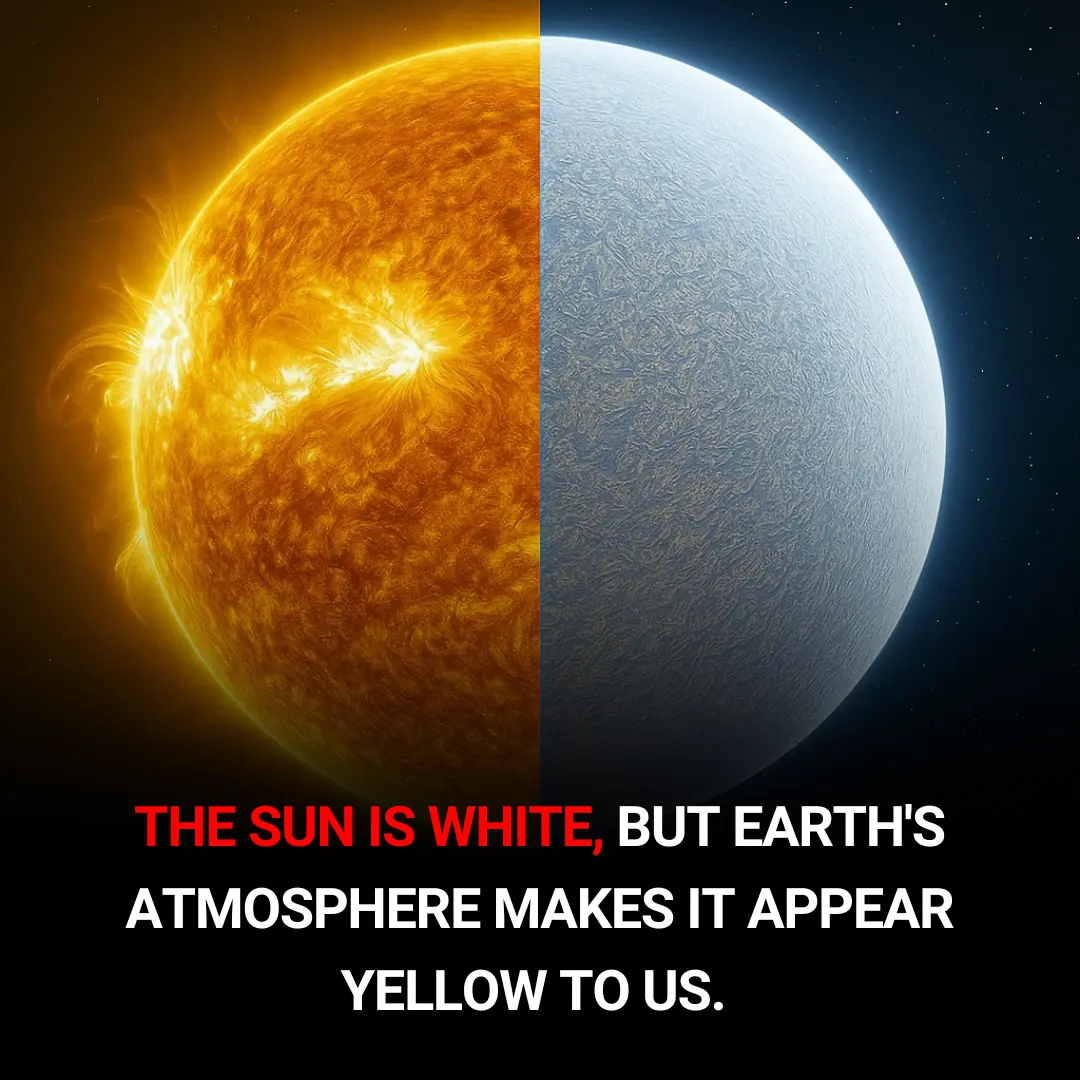
Inside the Global Seed Vault: Earth’s Most Secure Backup Opens Just Six Times a Year
Inside the Global Seed Vault: Earth’s Most Secure Backup Opens Just Six Times a Year
Tucked away in the icy wilderness of Norway’s Svalbard archipelago lies what many call the safest place on Earth: the Global Seed Vault. Built to protect against the growing threat of climate change and global catastrophe, this high-security facility opens its doors to visitors just six times a year.
As the effects of climate change become increasingly evident and some billionaires sound the alarm that it may already be too late to reverse the damage, scientists have taken proactive steps to prepare for the worst. From ambitious attempts to deflect sunlight to developing sustainable energy solutions, many of these efforts aim to safeguard humanity’s future.
One of the most extreme—but perhaps essential—precautions is the construction of the Global Seed Vault, carved into the side of a mountain in Spitsbergen. This icy sanctuary is designed to preserve the genetic diversity of our most vital food crops in case of global disaster.
According to Wikipedia, the vault sits 130 meters above sea level and boasts six levels of security. But its purpose is not to protect people—it is to safeguard seeds. Inside, the vault is kept at a steady -18°C, preserving samples of roughly half of the world’s key food crops. These include drought-resistant varieties from Syria and seeds vulnerable to climate disasters like flooding.
While the vault is built to last thousands of years—project manager Simon Jeppson told the BBC it could survive for up to 4,000—some seeds have already been withdrawn. In fact, the vault has already proven its worth by helping to replenish crops lost in conflict zones like the Middle East.
Despite its reputation for being nearly indestructible, the vault is not immune to the very climate threats it was built to resist. In 2017, the World Economic Forum reported that unexpected permafrost melting led to flooding at the vault’s entrance. Luckily, the water only reached the 15-meter-long entry tunnel and did not damage the seed chambers, but it raised concerns about the vault’s long-term reliability.
Online, social media users have voiced their own worries. Some question what would happen if the vault key were ever lost, while others suggest creating multiple, widely separated seed vaults to avoid depending on a single site. One user reflected on the unsettling reality of the vault’s existence, saying, “It’s actually quite disturbing to think this place even needs to exist—and that one day, we might truly need it.”
Whether or not we ever face such a dire future, the Global Seed Vault stands as a critical insurance policy for humanity. Even if we never reach the catastrophic scenarios it’s built to endure, the vault ensures that the world’s seeds—and the potential for renewal—are never permanently lost.
News in the same category

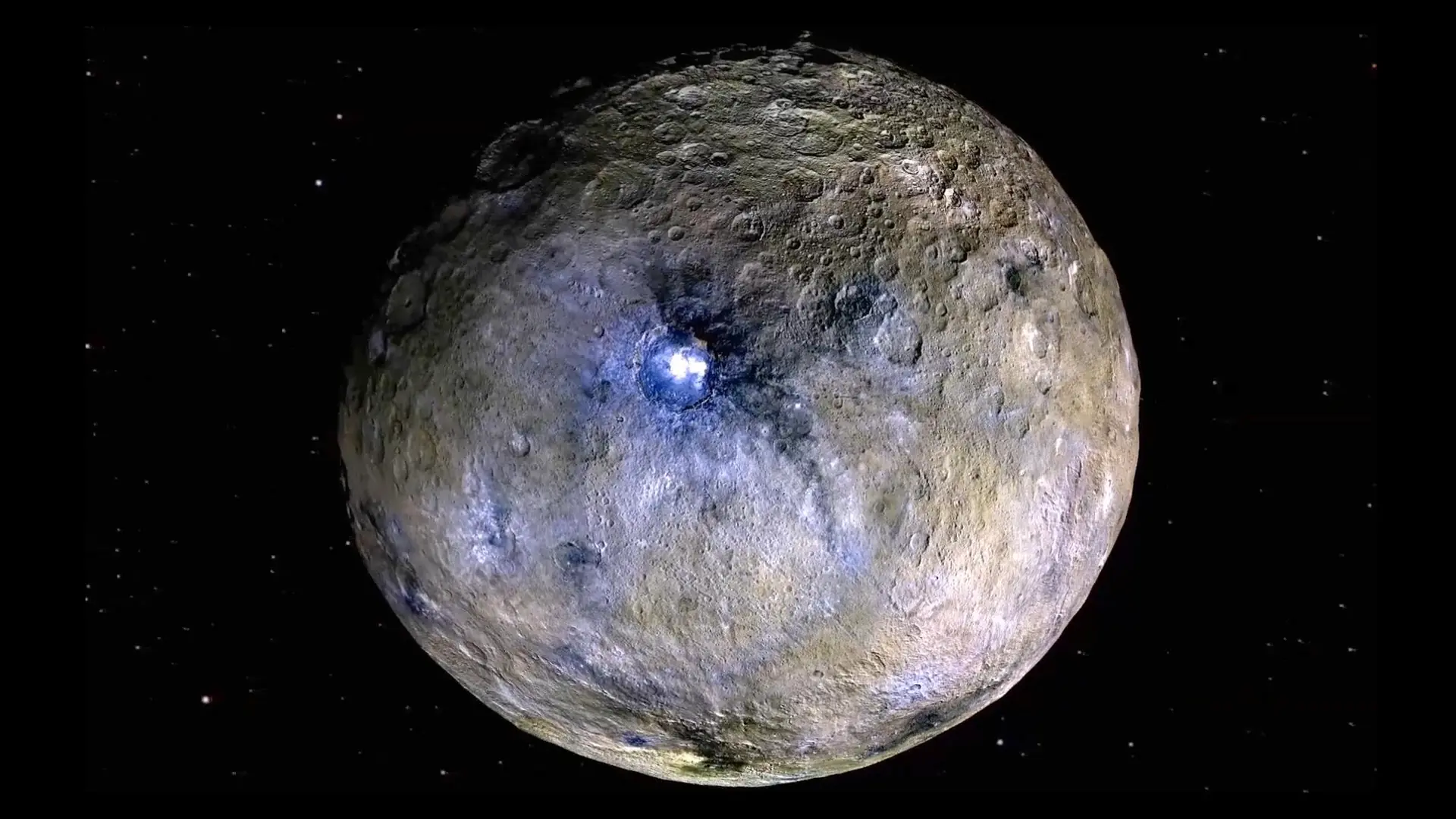
Astronomers Discover 2017 OF201: A Massive Dwarf Planet Beyond Pluto That Could Redefine Our Solar System

Scientists Use AI And Ancient Linen To Reveal What Jesus May Have Truly Looked Like

Astronomers Discover 2017 OF201: A Massive Dwarf Planet Beyond Pluto That Could Reshape Our Understanding Of The Solar System
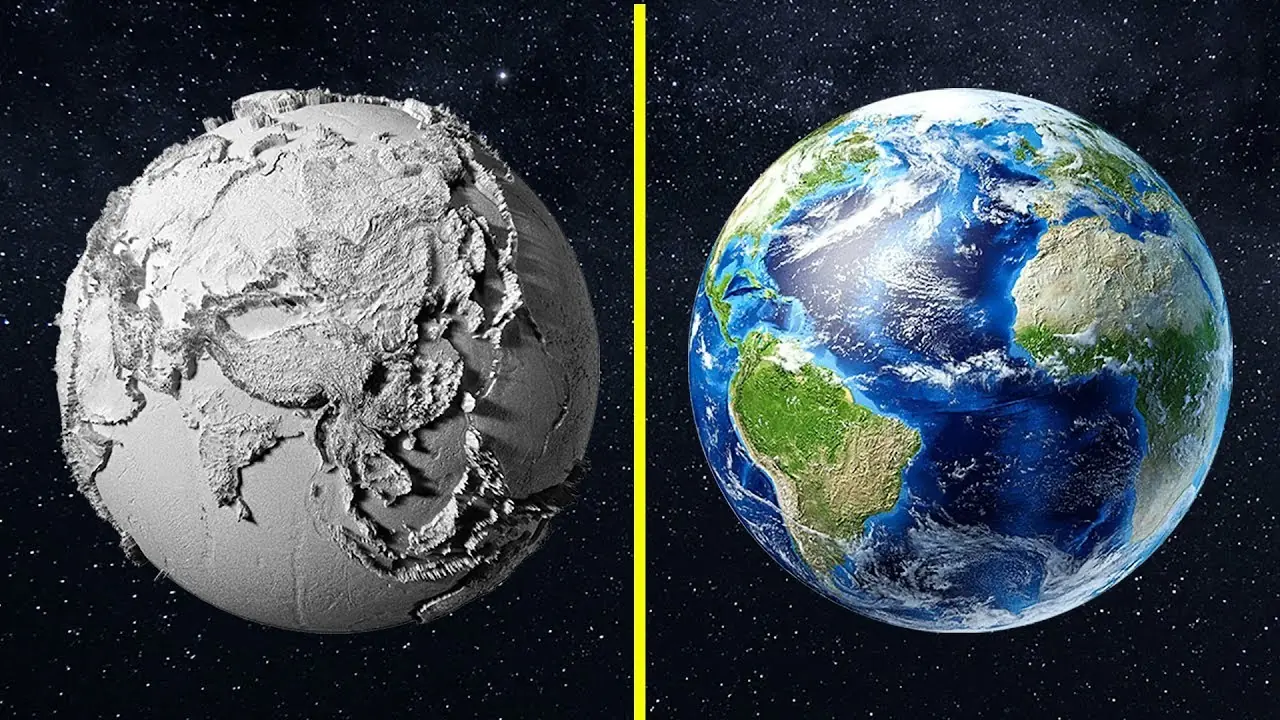
Simulation Shows Earth’s Devastating Collapse If Oxygen Vanished for Just 5 Seconds
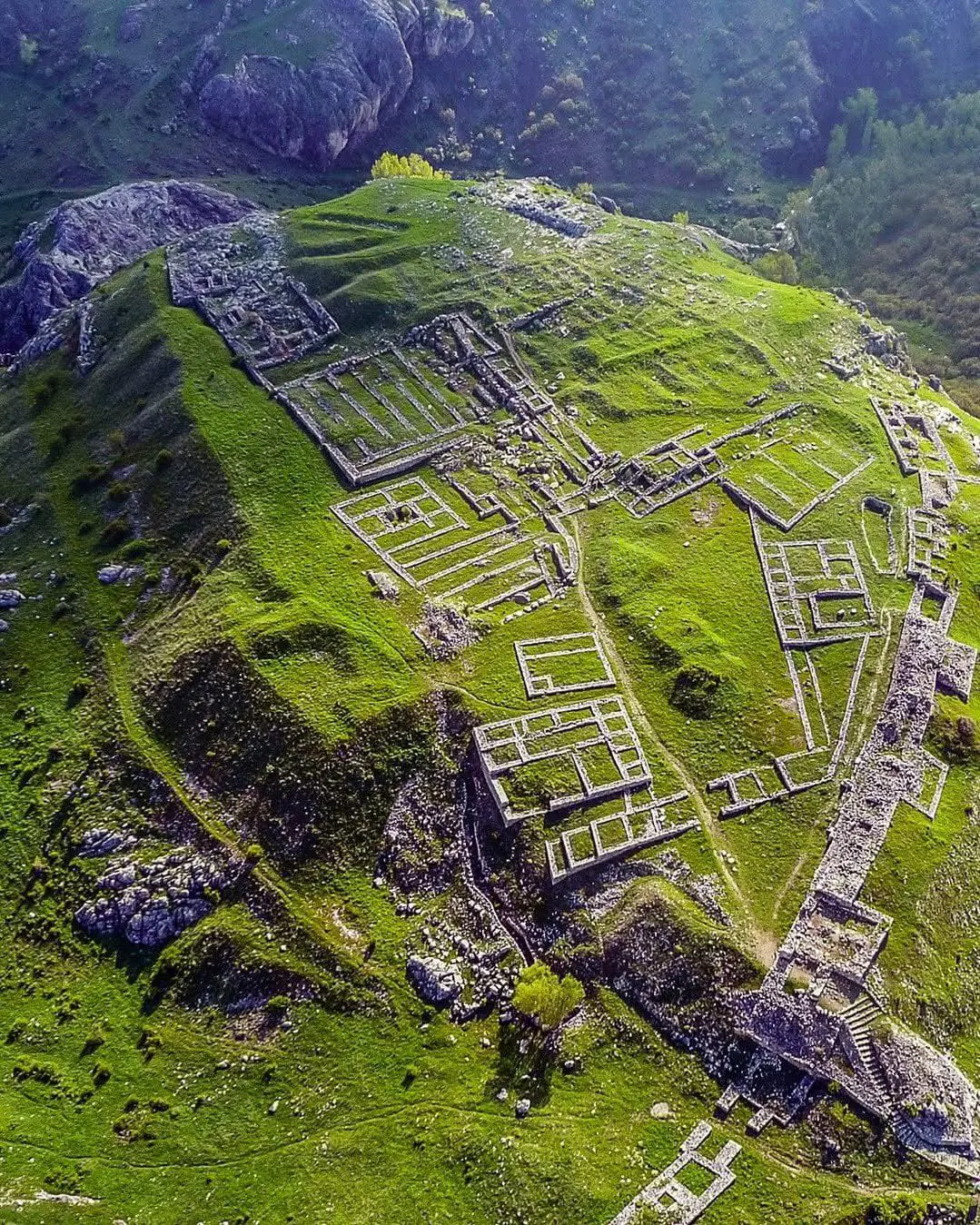
Discover Hattusa: The Ancient City 2,000 Years Older Than Machu Picchu
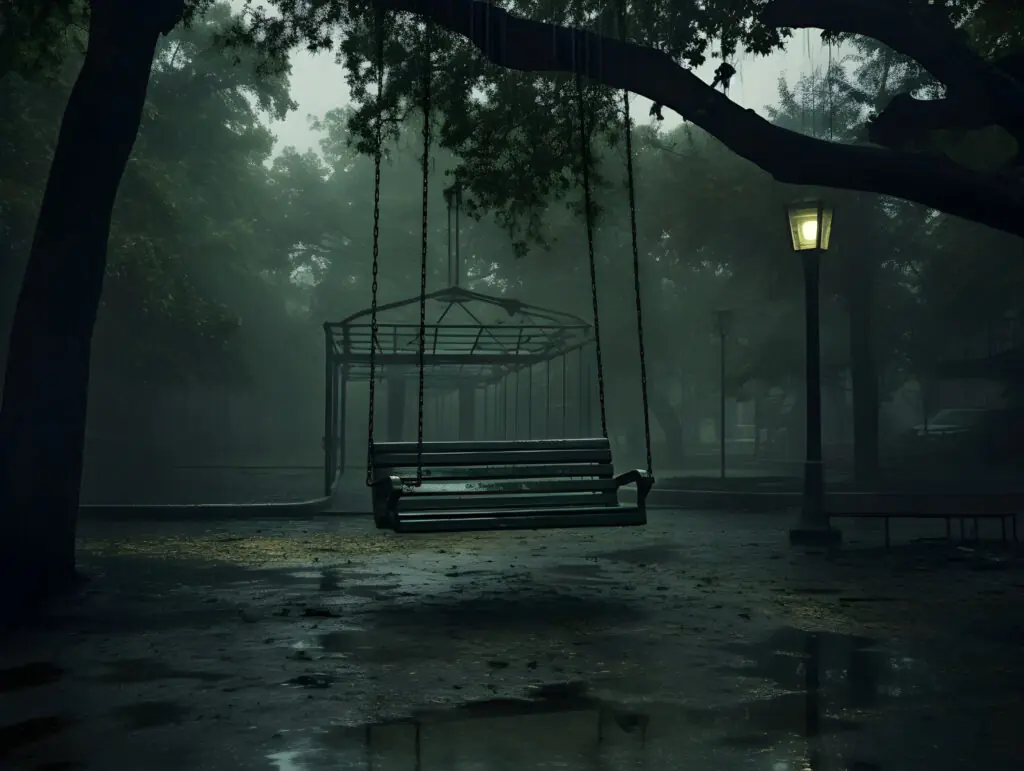
Man Spends Life Savings On Abandoned Ghost Town Once Worth $500 Million

Scientists Baffled By Perfect Sphere Emitting Radio Signals From Deep Space

Meet Borealopelta markmitchelli: The Best-Preserved Dinosaur Fossil Ever Discovered

Is the Multiverse Real? Exploring Scientific Theories and Quantum Clues

Don’t Toss Those Eggshells: 17 Ways to Reuse Them

Why This $281m ‘Car’ Built By Boeing Only Goes 8MPH
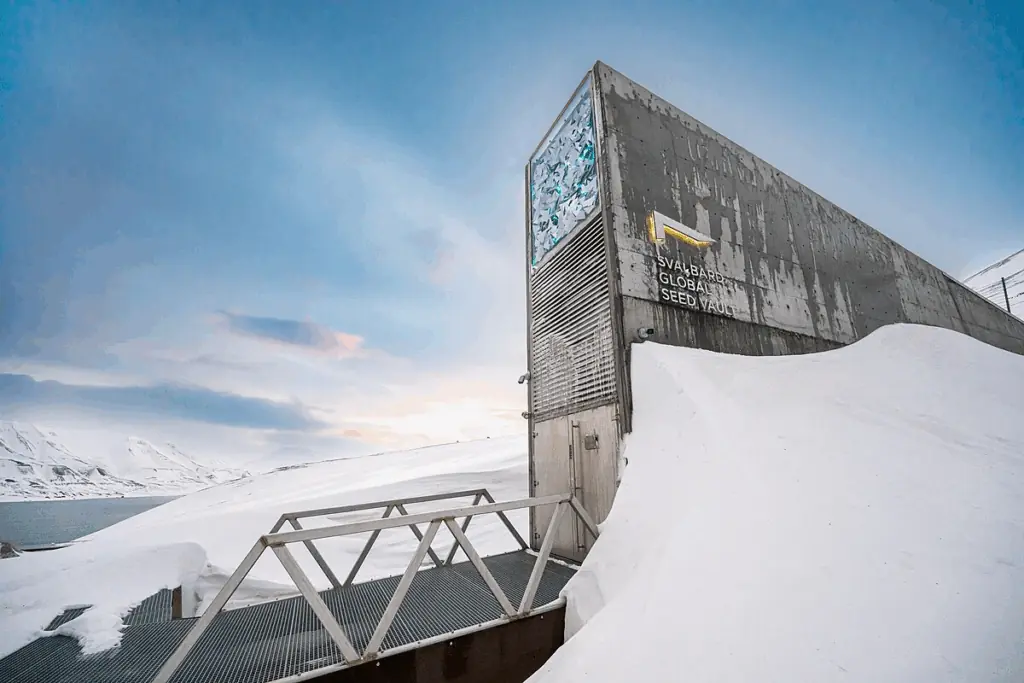
Inside The Global Seed Vault: Earth’s ‘Safest Place’ Only Opens Six Times A Year
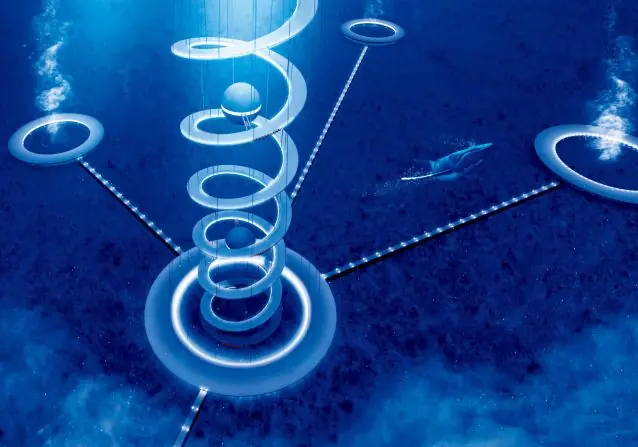
Japan’s Ocean Spiral: A Real-Life Sci-Fi Vision Beneath the Waves

‘Ghost Boy’ wakes up from a coma after 12 years – Then he Reveals his spine-chilling secret

Scientists Baffled By Strange New Clues About The Universe’s Behavior
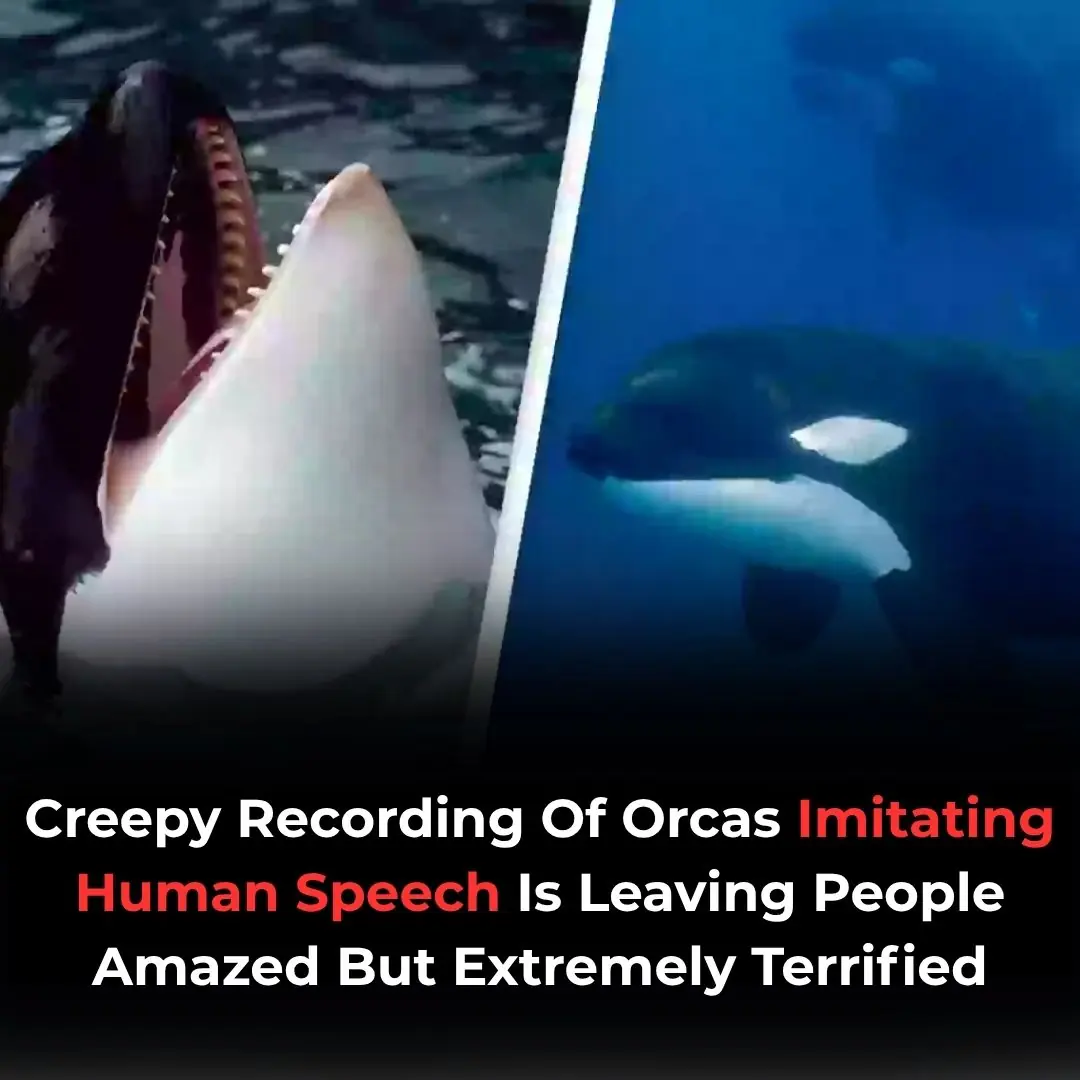
Creepy Orca Recordings Mimicking Human Speech Leave Listeners Amazed And Terrified

French Farmer Discovers $4 Billion Gold Deposit, But Legal Hurdles Prevent Him From Profiting

Modern Quantum Physics Validates What Ancient Cultures Always Knew: Geometry Is More Than Math—It Is Memory
News Post
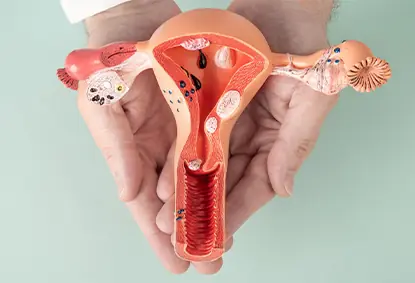
Understanding Uterine Fibroids: Causes, Symptoms, and Treatment Options

Is Your Body Trying to Tell You Something? 15 Early Signs of Cancer

The Sun Isn't Yellow — It's Actually White ☀️

Astronomers Discover 2017 OF201: A Massive Dwarf Planet Beyond Pluto That Could Redefine Our Solar System

If You Suddenly Wake Up Between 3:07 and 3:15 AM, You Should Be Extra Cautious
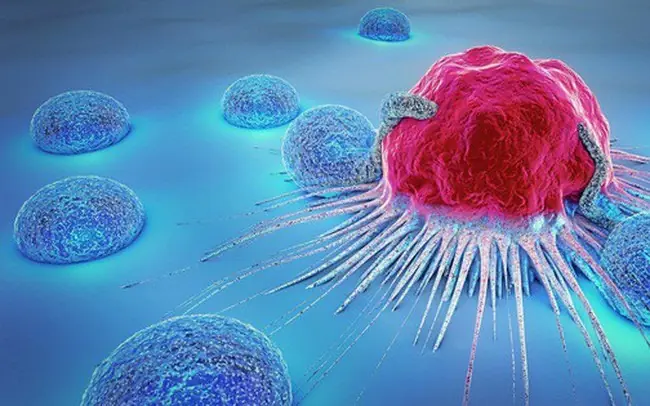
Discovery of a Drink That Helps “Push Back” Cancer: It's Not Tea or Coffee

One Year Before Death: The Body Often Shows 5 Warning Signs!
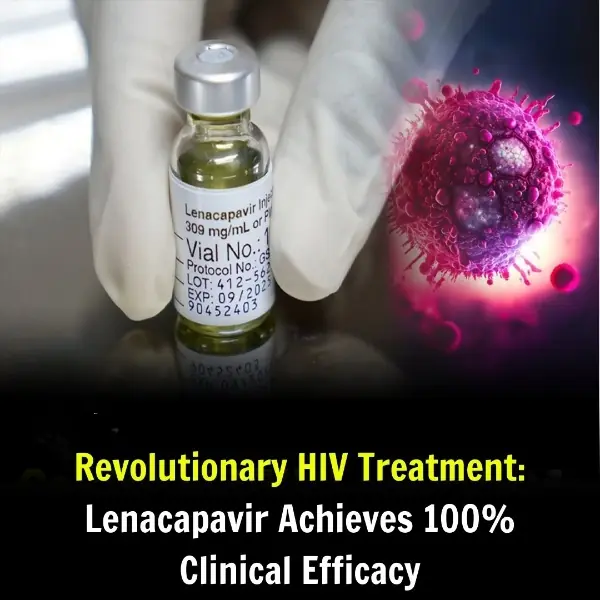
Revolutionary HIV Treatment: Lenacapavir Achieves 100% Clinical Efficacy

Scientists Use AI And Ancient Linen To Reveal What Jesus May Have Truly Looked Like

Astronomers Discover 2017 OF201: A Massive Dwarf Planet Beyond Pluto That Could Reshape Our Understanding Of The Solar System

10 Warning Signs Your Kidneys May Be in Trouble

10 Foods Linked to Cancer You Should Avoid

How to Reduce Age Spots: Causes, Treatments, and Prevention

Ginger Tea – The Natural Blood Thinner

I Haven’t Been Sick for 35 Years! The Secret? Ginger & Red Onion for Clear Vision, Sharp Mind, and Normal Blood Pressure

Simulation Shows Earth’s Devastating Collapse If Oxygen Vanished for Just 5 Seconds

🌿 Unlock Gentle Daily Detox with 3 Kitchen Staples: Tangerine, Walnuts & Ginger

Discover Hattusa: The Ancient City 2,000 Years Older Than Machu Picchu

This Natural Drink Could Help Lower Blood Pressure, Fight Diabetes, and Even Cancer – According to Dr. Frank Suárez
